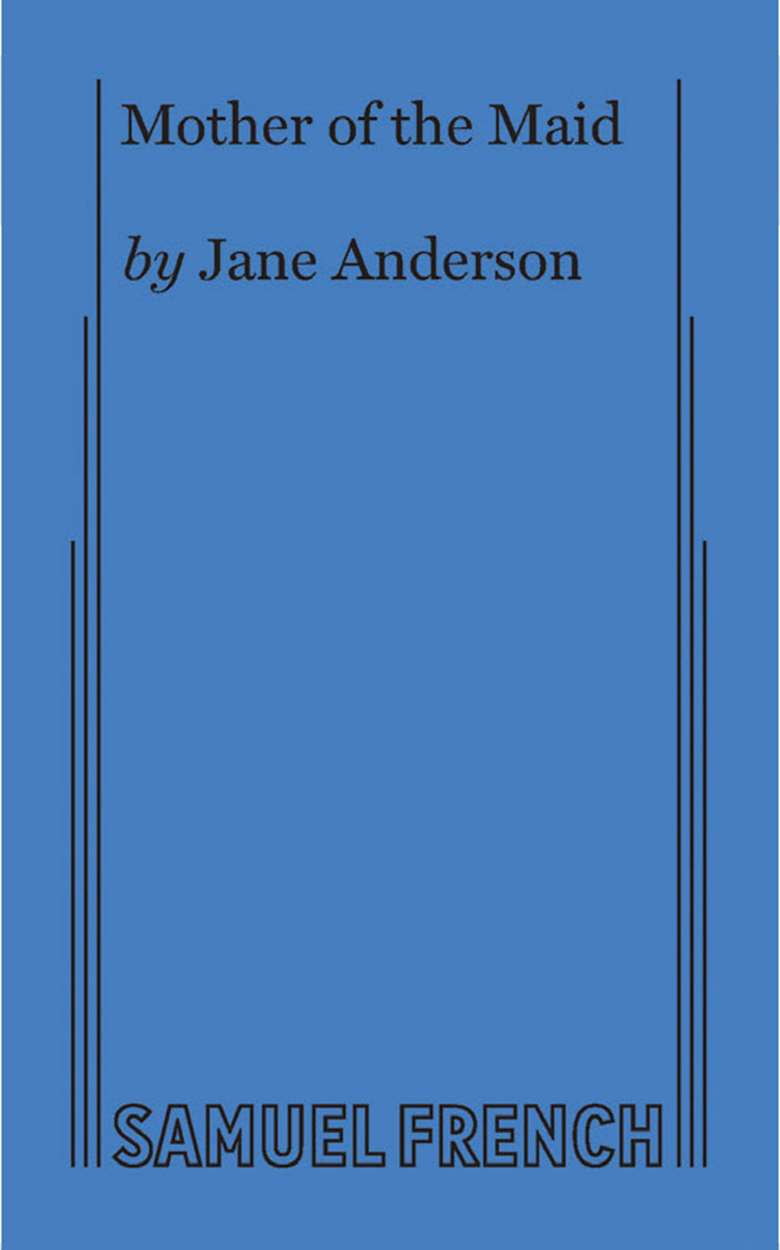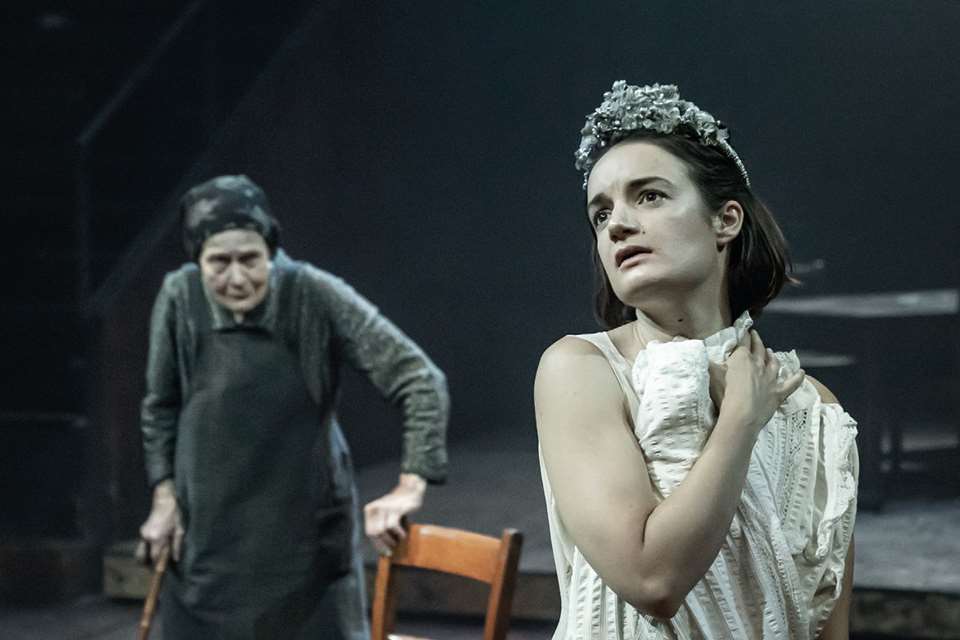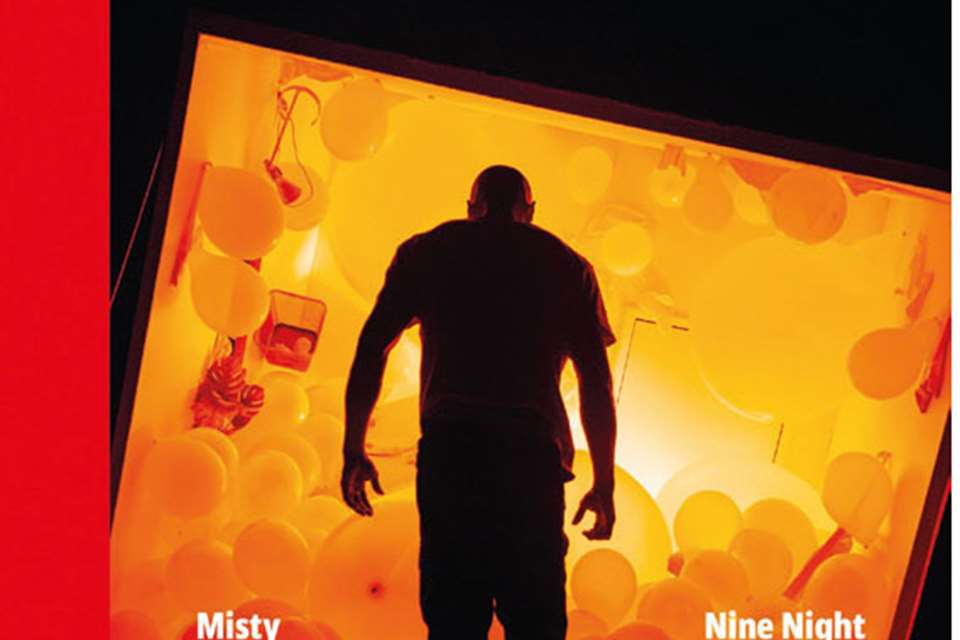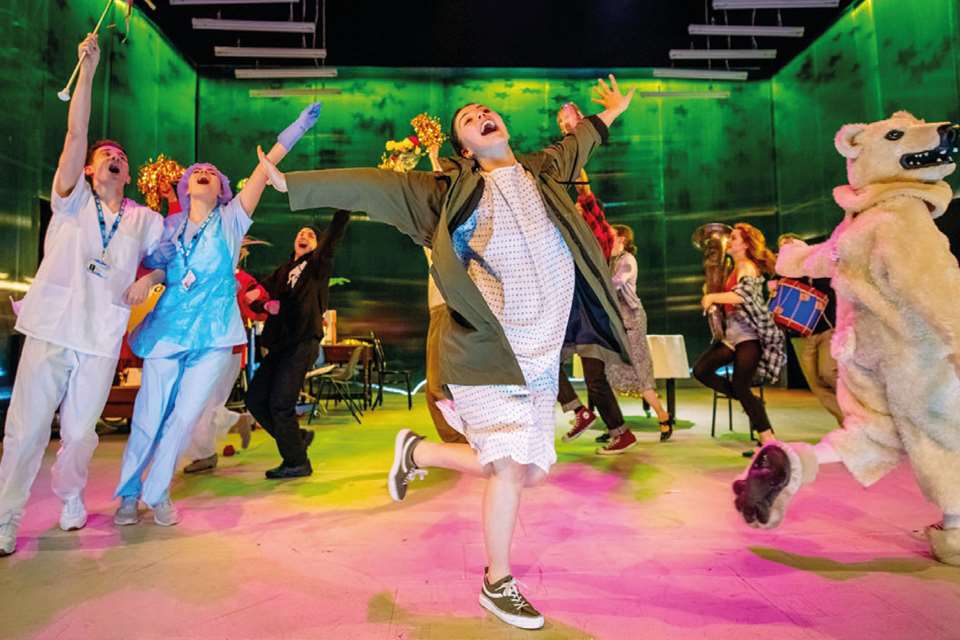Mother of the Maid by Jane Anderson
Sarah Lambie
Tuesday, March 1, 2022
Sarah Lambie reviews Mother of the Maid by Jane Anderson, published by Samuel French Inc.

Unlike most D&T review subjects, Mother of the Maid is not a particularly new play. It was developed and first performed in Massachusetts in 2015. I encountered it, however, while browsing plays about historical women: a theme we have touched on several times in recent features, and appropriate at the time of International Women's Day.
The play has an interesting focus in that while it is broadly about Joan of Arc, it explores her story from the perspective of her mother – ‘a sensible, hard-working, God-fearing peasant woman whose faith is upended as she deals with the baffling journey of her odd and extraordinary daughter.’ It has a cast of 10, but can be played by 7 actors with some doubling.
There is a pleasing irreverence to the play. It doesn't purport to be serious history – the playwright is quick to state in her preface that ‘this is not intended to be a history play…No classical acting please.’ The Arc family's dialogue is written in an approximation of ‘Peasant-speak’ to denote class difference, but not with any suggestion that this is an accurate representation of language in the 15th Century. At times, it is laugh-out-loud funny, but it's also quite brutal. The way that young Joan is sacrificed as a symbol, and abandoned by the French authorities who found her so useful for a time, is a stark depiction of the heartlessness of power.
Despite not being ‘history’, the play does, however, offer great scope for historical research and exploration. Relatively speaking – particularly as she was a woman – quite a lot is known about Isabelle Arc, and the wider situation of the time provides an interesting basis for discussion. It would be interesting to consider and compare this play with The Crucible, for example, in the light of credence given to young girls in religious ecstasy – when that fervour happens to serve a useful purpose for powerful adults.
The play also provides strong characters, and roles of equal sizes for performers (probably best KS5 upwards) to get their teeth into. It begins and ends with monologues for Joan's parents and would be interesting to explore for a small chamber-production or individual scene-studies.








